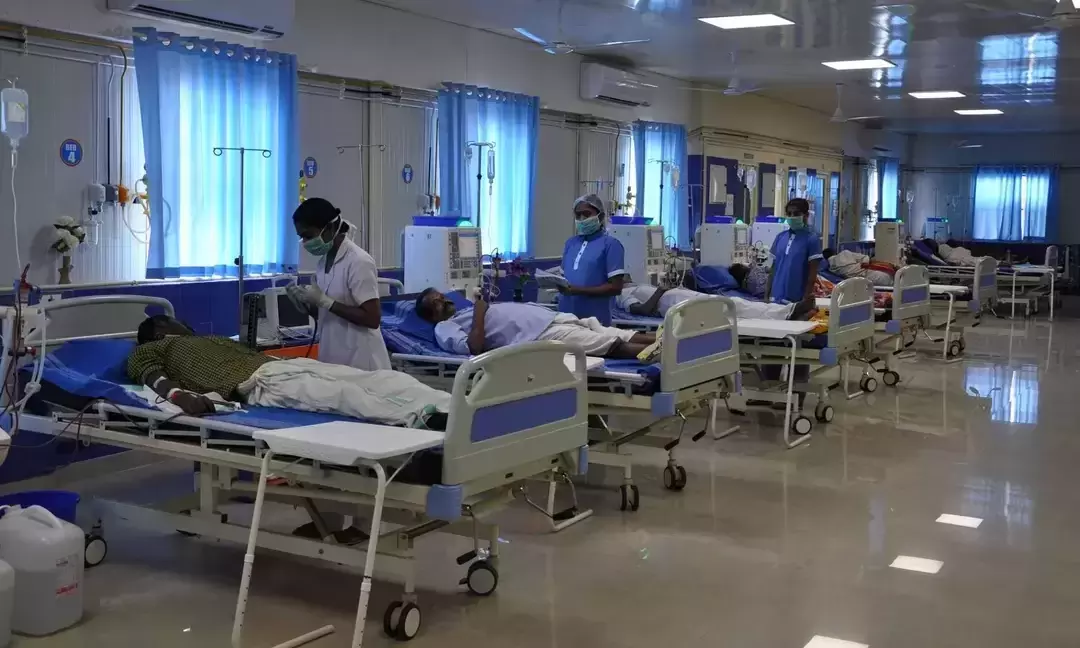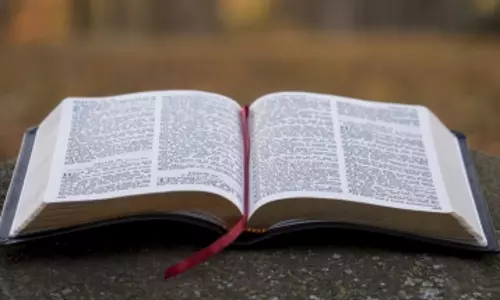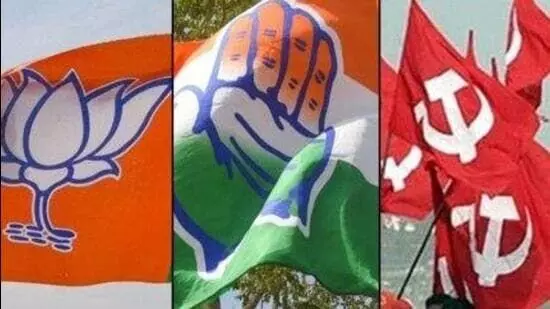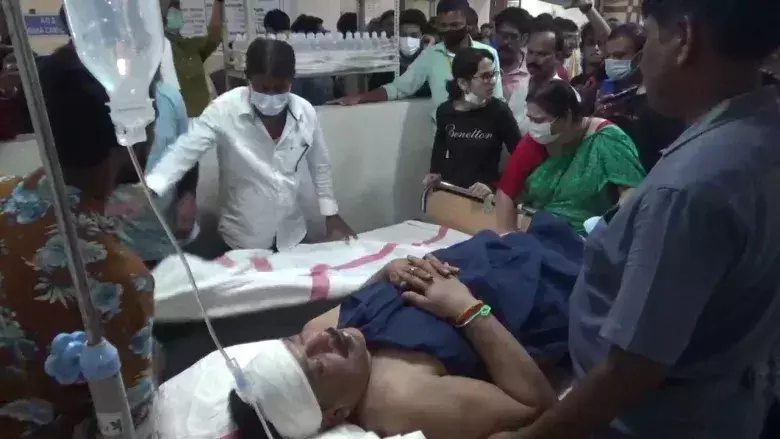
What message is to come from Tripura?
text_fields2023 is going to be year of elections in India. The polls in northeastern states come first with polls scheduled for February 16 in Tripura and February 27 in Nagaland and Meghalaya. Results will be announced on March 2. The Mizoram poll is months away. Karnataka, Madhya Pradesh, Rajasthan, Chhattisgarh and Telangana will also hold assembly elections this year. Elections held in a total of nine states can therefore be used to predict political indications for the Lok Sabha elections in 2024. Tripura, as per the 2011 census, has a population of less than 37 lakhs but has 60 assembly constituencies. Each constituency has less than 45,000 voters. Accordingly, the majority will also be smaller. In 2018, the BJP came to power after defeating the Left coalition which had ruled the state for two decades. The alliance with the Indigenous Peoples Front of Tripura, also known as the IPFT, won 43 seats and the BJP on its own 35 seats, but both fronts were almost equal in terms of vote share. However, Congress improved its vote share from 1.79 per cent in the 2018 Assembly results to 25 per cent in the 2021 Lok Sabha elections. They came second behind the BJP in both the Lok Sabha constituencies. In the 2019 Lok Sabha elections, the vote percentage for the BJP was 49 per cent, while for computation purposes, the Congress and the CPM combined had 43 per cent. In the Christian-dominated region, where Hindutva forces are campaigning against them, it is unclear as to how the locals will react.
The BJP government at the Centre level is keen to pay special attention to the state and allocating funds for development as it is a border region. CPI leader D Raja commented about CPM's absence at the conclusion of the Bharat Jodo Yatra in Srinagar saying that what can happen in Tripura can also happen in Srinagar. Regardless of the historical differences, the CPM and Congress created an electoral coalition in Tripura. They are contesting the elections with the national flag instead of their own party flags with the single agenda of removing the BJP from power. Why not extend this to all of India, Raja asks, if this can be done in one state? Although the Congress and the CPM had reached an electoral agreement in the 2021 West Bengal assembly elections, they had two rivals, the BJP and Mamata Banerjee's Trinamool Congress. CPM, which had ruled Bengal for three decades, was unable to win even one seat. There are reports that the BJP is upset over the intense anti-incumbency factor. It was due to poor governance that Biplab Dev was removed as Chief Minister of Tripura and replaced with Manik Saha. The Congress-Left coalition has seen difficulties as a result of issues with candidate selection, as well as the recent departure of former Congress MLA Subal Bhowmik and CPM MLA Mubashir Ali to the BJP. But it is expected that the additional nominations filed by both parties in violation of the seats division will be withdrawn before the deadline for withdrawal, thus resolving the candidacy issues.
The Tripura elections will be influenced by 12 lakh tribals and 20 reserved seats. The IPFT and Tipra Motha, the Tripura Indigenous Progressive Regional Alliance, were on the verge of a merger, but it eventually fell out. In the meantime, the BJP and the IPFT, which was once the BJP ally in the rulin coalition, broke apart, have lately revived their alliance, with an agreement of 55 seats for the BJP and five for the IPFT. Therefore, Tipra Motha is of the opinion that it is willing to make a compromise on seats in favour of the CPM-Congress coalition, notwithstanding the possibility of a four-cornered contest. But the condition is that the demand of the indigenous communities for an independent state must be supported by them and put in writing. It is unclear whether the Left-Congress partnership will be willing to put this in writing, despite their favourable stance. Currently, Tipra Motha is contesting in 42 out of 60 seats. The main aspect to watch out for in Tripura is how the CPI-Congress alliance is going to fare in taking on the BJP. The next step is to see how much this kind of alliance can be developed as a national model. However, Even if these two parties go that far, iif the main opposition parties form their own individual 'united' alliances separately, the fascist forces may not need any bigger benefactors than that.




















